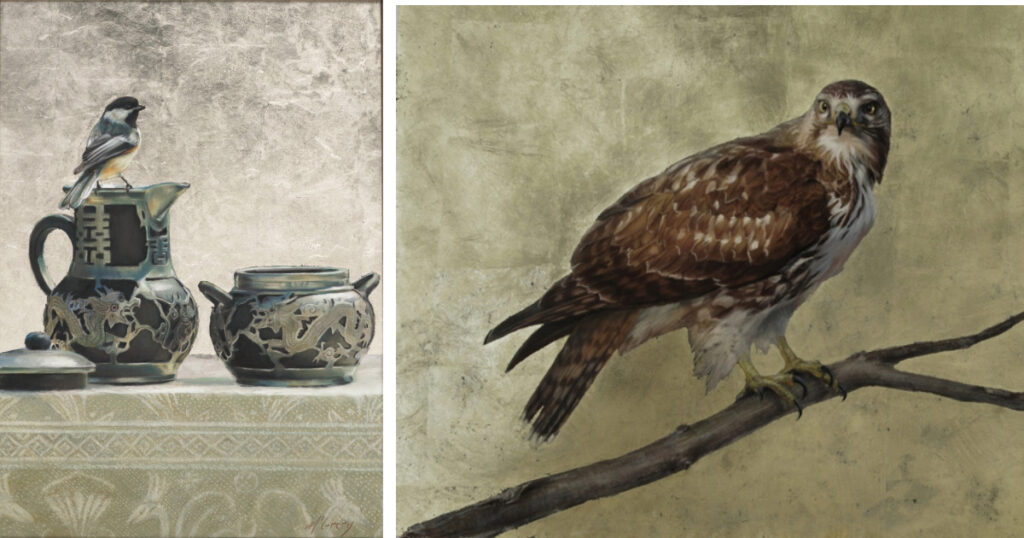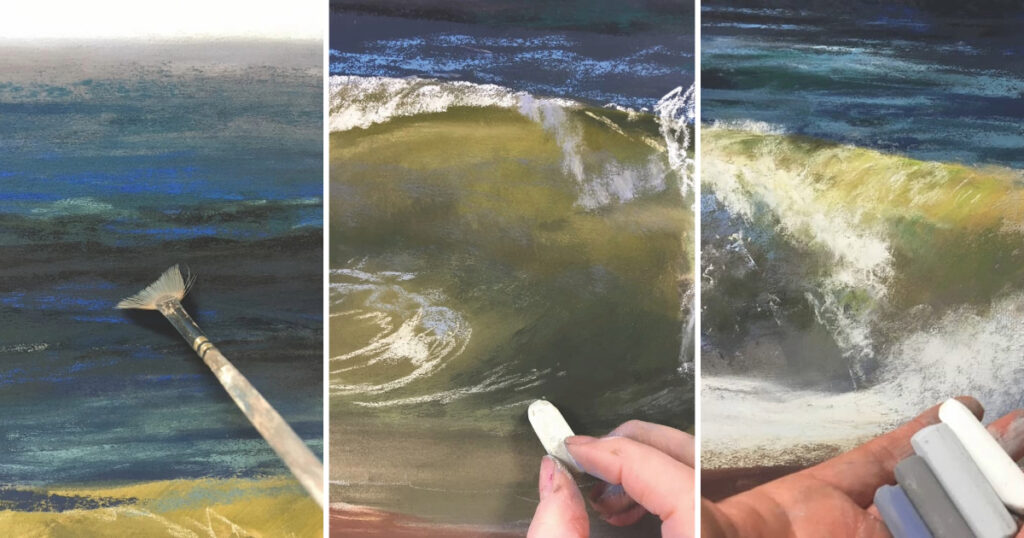10 Tips on How to Paint With Pastels


Lots of questions confront you as you’re painting in pastel. What effect will the color of your surface have on the finished painting? What sort of underpainting is right for your style and subject? How do you keep things fun and loose? If you want to learn how to paint with pastels or want to improve your pastel abilities, The Pastel Journal has you covered with these 10 helpful tips.
1. Surface color matters.
Many surfaces come in a variety of colors, and the color you choose has a profound effect on the resulting painting. You can choose a color that will show throughout, creating harmony and balance, or you can select a contrasting color that will add excitement and energy. [–Maggie Price, on surfaces for pastel painting]
2. Combine firm and soft pastels.
Try purchasing two pastel sets: one set of somewhat firm pastels and one set of much softer sticks. You’ll find that working soft pastels over hard pastels is a time-tested method that’s a good way to begin. [–Deborah Secor, on materials for pastel painting]
3. Rework when your surface allows it.
An advantage to sanded surfaces is that they can be erased and reworked to some degree. Keep in mind, however, that very soft pastels fill the grain of the tooth rather quickly. [–Secor]
4. Don’t forget the eraser.
You can use a plain white plastic eraser for many effects, depending on the tooth or texture of your paper. They quickly become black with use, so occasionally it’s a good idea to briskly scrub them on a rough surface to restore a section that’s bright and clean. [–Secor]
5. Working wet yields surprises.
One way to loosen up and let go of some control is to create a wet underpainting, allowing colors and values to migrate. When wet, pigments often have a mind of their own, producing interesting unplanned effects. [–Richard McKinley, on underpainting methods]

6. Thumbnails are perfect for experimentation.
Each thumbnail on its own isn’t precious, which encourages the willingness to experiment. [–Marla Baggetta, on thumbnail sketches]
7. Try a viewfinder.
By using a viewfinder that divides the picture plane into quadrants, you can duplicate those same quadrants, lightly, on your thumbnail and initial painting sketch, which makes drawing out the elements in your scene much easier. [–Baggetta]
8. Plan now, relax later.
Plan first. Good design—strong values, good composition and a strong underpainting—allows you to relax and enjoy the process. [–Jeanne Rosier Smith, on staying loose while painting]

9. Watch out for overworking.
Saying “the harder, longer and more precisely I work, the better this painting will look,” is a lie that leads to overworked paintings. [–Smith]
10. Use photos selectively.
Use your photos as a way to jog your memory, helping you to remember the beauty of a scene and the colors you saw. You’ll remember what you wanted to focus on, but you won’t feel obligated to include every last detail. [–Smith]
If you haven’t already, subscribe to The Pastel Journal!




Have a technical question?
Contact UsJoin the Conversation!